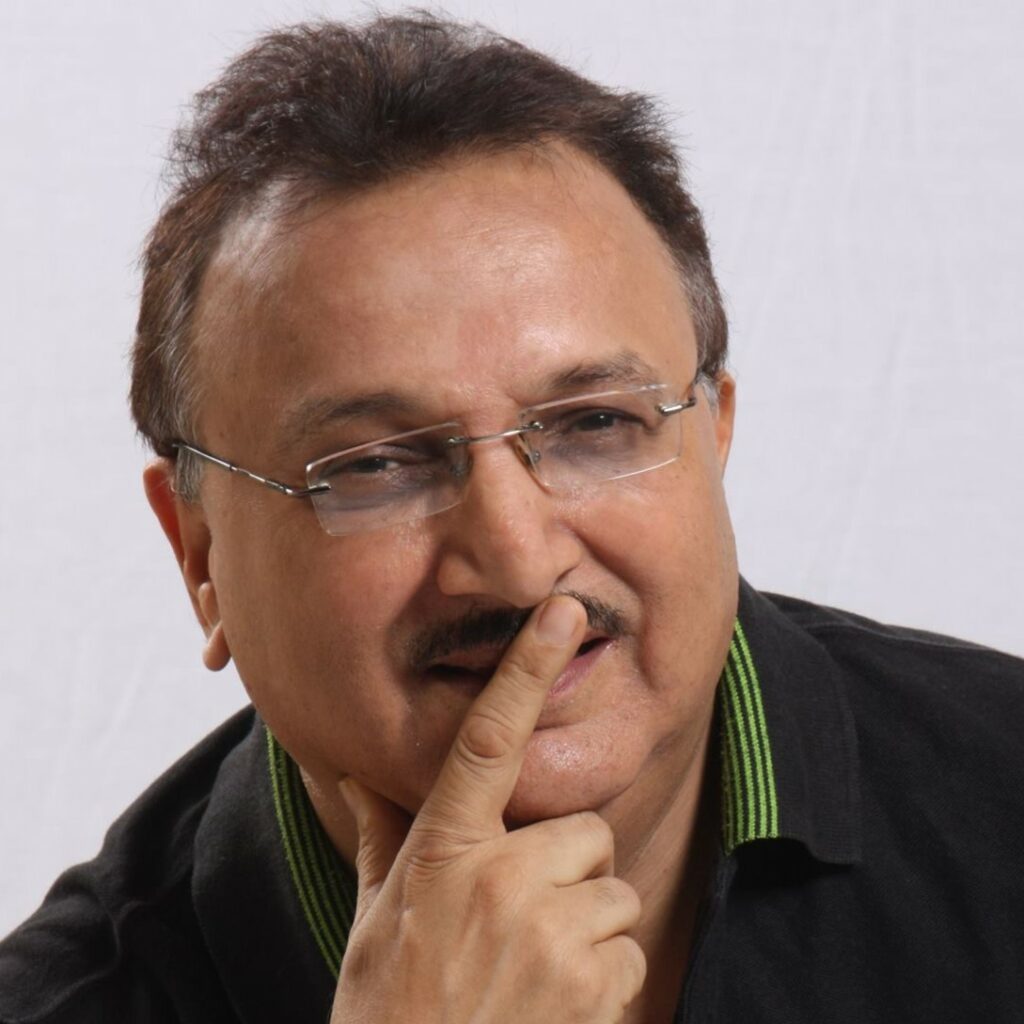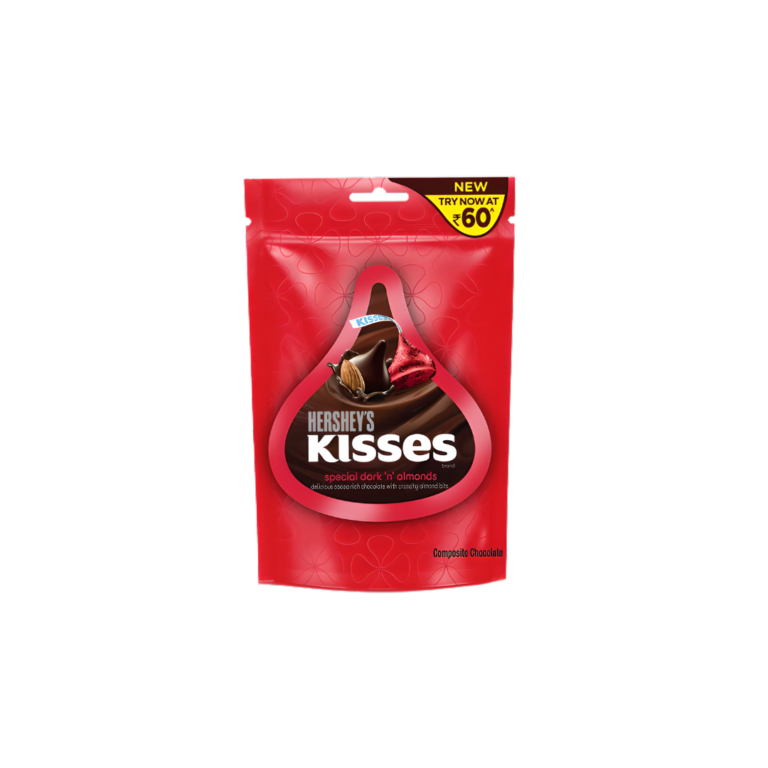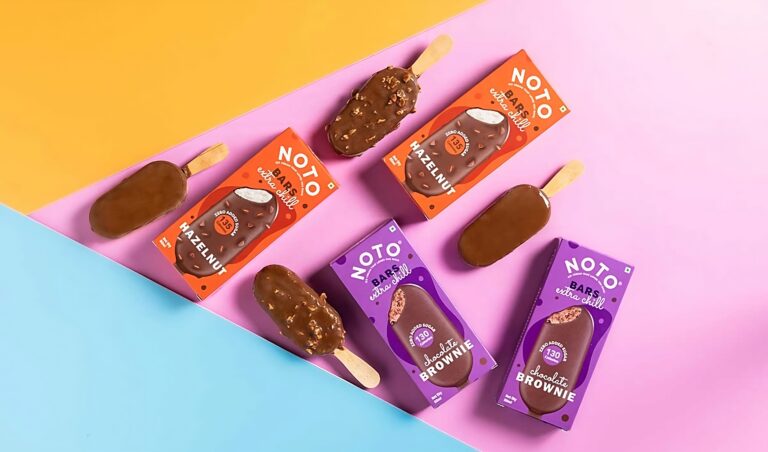3 More Choices Can Lead to Super Paralysis
Take your younger child or an infant to an ice cream parlor or restaurant, if you really want to torture them. They have to make a choice, and that’s one thing they hate. Would chocolate chip or coffee ice cream be better? The burger or the chicken wrap?
Their fear, they say, is that whatever they select, the other option would have been better.
They are not alone in this dilemma. Although it has long been common sense that there is no such thing as too many choices, psychologists and economists have studied the issue in great detail.
They are concluding that an overload of options (more than 3) may actually overwhelm people and push them into decisions that are against their interests.
In the year 2000, psychologists Sheena Iyengar and Mark Lepper conducted a fascinating study. On one day, shoppers at a supermarket saw a display with 24 types of jams. Those who sampled the spreads received a coupon for $1 off on any jam.
On another day, shoppers saw the same display, except that only 6 types of jam were on display. The large display attracted more people than the small one. But when the time came to buy, people who saw the large display were less likely to buy, as people who saw the small display.
Other studies have confirmed that more options are not always better. As the variants of snacks, soft drinks, and beers offered at stores increases, sales and customer satisfaction decrease. These studies have shown not only that excessive choice can result in “choice paralysis” but also that it can reduce people’s satisfaction with their decisions, even if they made good ones.
When I wanted to buy my first car, I had two choices – Fiat or Ambassador.
- I selected a pre-owned Fiat and I was very happy.
- I became an expert mechanic, as the car would stop after every fifty kilometers for unexplained reasons.
- I blamed the government policy for not allowing competition.
- I blamed the car company for making a lousy car.
- I never blamed myself.
- I had a bad experience but I was happy.
Last year, I again wanted to buy a car.
There were a staggering 74 different models to choose from. After two months of dedicated research, I finally selected a car that fitted into my budget. After six months; the car developed some minor problems. This time I could not blame anybody. It was my choice.
So I compared what I got, to what I expected and was disappointed with what I got in comparison to what I had expected. Adding options to people’s lives won’t help, but will just add on expectations people have about how good those options will be.
And that is going to produce less satisfaction with results even when they are good. It is a researched fact, that if you’re given a huge number of choices while buying an insurance policy or mutual funds, you are most likely to postpone the decision.
You believe that you will buy the policy tomorrow. Of course, tomorrow never comes.
Nowadays, such paralysis is caused even in healthcare. For example, it is no longer the case when you go to the doctor and he tells you what to do. Instead, you go to the doctor and he tells you, “well, we could do A, or we could do B. A has these benefits & risks; B has these benefits and risks. What do you want to do?”
Then you say,” Doctor, what should I do?”
“A has these benefits & risks; B has these benefits and risks. What do you want to do?”
And you say, “If you were me, doc, what would you do?” And the doctor says,” But I’m not you.”
This situation is called “Patient Autonomy” which makes it sound like a good thing but it’s really a shifting of the burden & responsibility for decision making from somebody who knows something (the doctor) to somebody who knows nothing and is perhaps sick and not in the best position to be making decisions (the patient).
Marketers don’t seem to understand this. The most meaningful strategic decision they make is to provide more and more choices to the buyer. Choice can no longer be used to justify a marketing strategy anymore.
More is not always better, for both the customer and the retailer. The real challenge is to discover how much assortment can be provided to get a perfect balance.
Your customer should have enough choice to feel happy about his buying decision, and at the same time do not bombard him with so many choices leading to complete paralysis.
Companies that get the balance right will be rewarded.
#Branding #BrandStrategy #reversemarketing #MarketingConsultancy #ProductLaunchSuccess #MarketingTips

Hemant Mishrra
About the author: Hemant is the Founder & CEO of branding and marketing firm ”Neeti Brand Accelerator” in Mumbai. He is a brand strategist and has worked with more than 150 brands during last two decades. He is also mentor and coach to SMEs and startups. You can visit the website www.www.neeti.biz. You can contact him at hemant@neeti.biz







